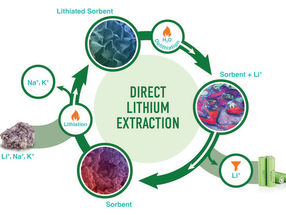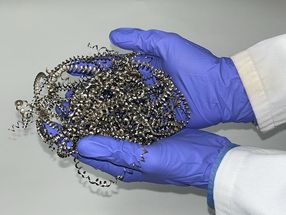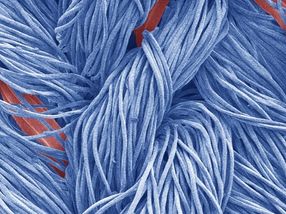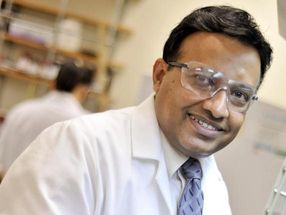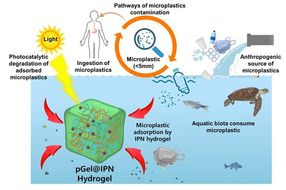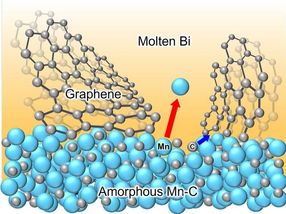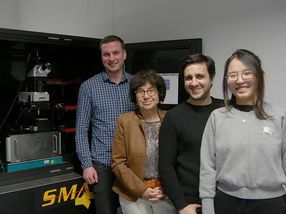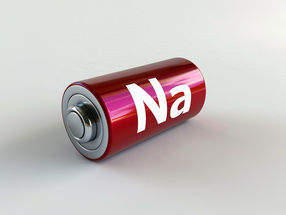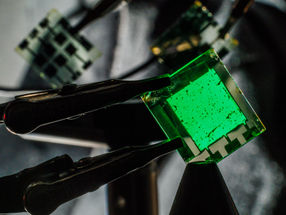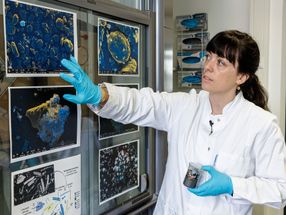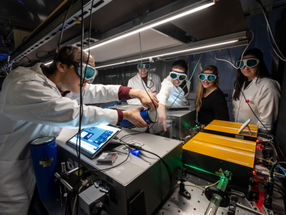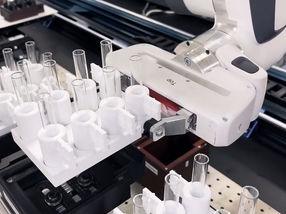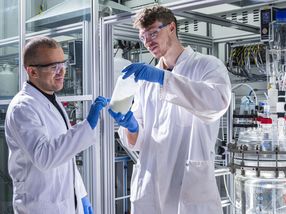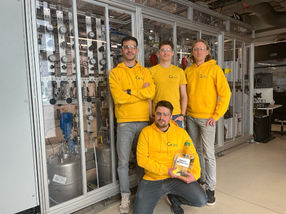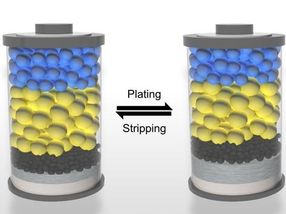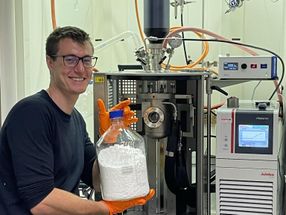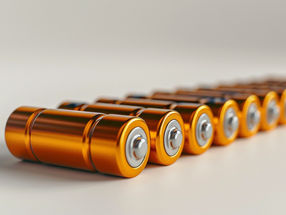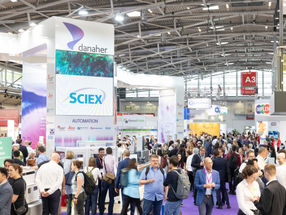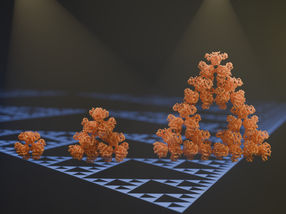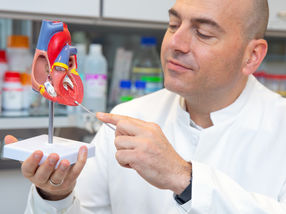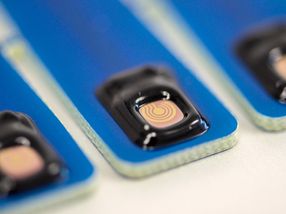Cyclic loading eliminates metal defects
Crystal defects vanish by repeated stretching
It's a well-known characteristic of metals that repeated bending in the same place can cause the material to weaken and eventually break; this phenomenon, known as metal fatigue, can cause serious damage to metal components subjected to repeated stress.
But now, researchers from MIT, Carnegie Mellon University, Xi'an Jiaotong University, and elsewhere have found that under certain conditions, repeated slight stretching of nanoscale metal pieces can actually strengthen a material by eliminating defects in its crystalline structure.
"While metal fatigue has been studied extensively at larger volumes of materials, there has been little understanding of it at atomic scale," says Dao, a principal research scientist in MIT's Department of Materials Science and Engineering. To remedy that, the team decided to study the fatigue of metal using a transmission electron microscope to observe atomic-scale changes in defects.
The team primarily studied what happens in small, single-crystal pieces of aluminum. They aimed to reduce or eliminate microstructural imperfections - such as defects in the crystal lattice known as "dislocations" - through repeated, small-amplitude, cyclic deformation, rather than heat-based annealing.
The researchers found that repeated small displacements of the metal tend to dislodge the dislocations from their pinned locations inside the crystal. The small crystal has a high surface to volume ratio, so the dislocations are attracted to the surface -- and the energy stored in the metal due to the presence of the defects could be reduced. "Eventually, these defects can be driven all the way out to the surface," Dao says.
By "shaking" the dislocations gently and repeatedly, the researchers were able to get the material relatively free of them; consequently, the material's strength increased significantly. This phenomenon is counterintuitive, because it is the opposite of what one sees in much larger metal crystals, where repeated stretching often increases defect density and causes cracks to form.
The process could help in the production of strong parts for nanotechnology applications, such as mechanical nanosensors, nanoelectromechanical systems, and nanorobots.
"This work demonstrates how cyclic deformation, under certain controlled conditions, can lead to the removal of defects from crystals of small volume," says Suresh, Carnegie Mellon's president and a professor emeritus of materials science and engineering and former dean of engineering at MIT. "In addition to pointing out how these mechanisms of cyclic deformation can be very different from those seen in larger-volume materials, this work also offers new avenues for eliminating defects from crystals without the need for thermal treatment or shape change.
Original publication
Most read news
Other news from the department science

Get the chemical industry in your inbox
From now on, don't miss a thing: Our newsletter for the chemical industry, analytics, lab technology and process engineering brings you up to date every Tuesday and Thursday. The latest industry news, product highlights and innovations - compact and easy to understand in your inbox. Researched by us so you don't have to.

